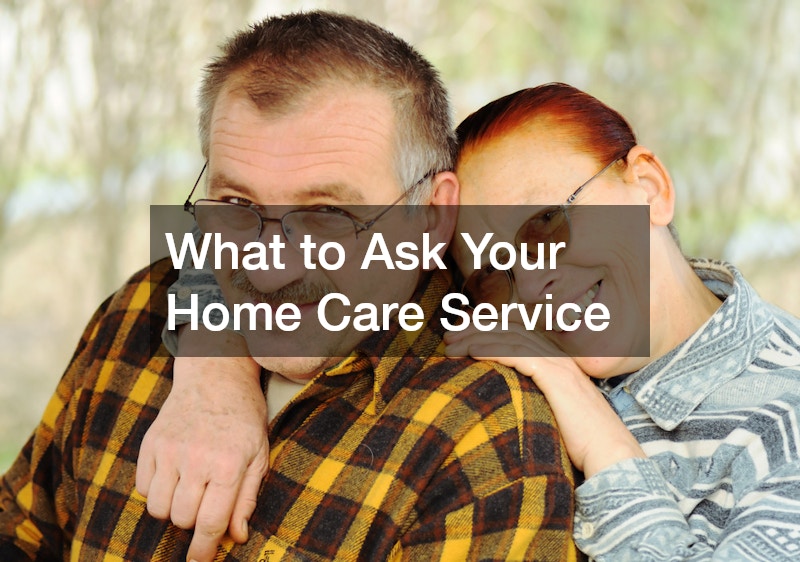Thanks to the coronavirus pandemic, most people are currently stuck in their homes due to quarantine protocols. Since physical activity is a must if you want to stay healthy, more and more people are starting to do home exercises. From running in place to lifting light to moderate weights, and from meditating to practicing rhythmic exercises such as Ashtanga yoga, people make sure that their bodies receive enough physical activity to stay fit and healthy during the outbreak.
What most people forget about is the importance of warm-ups before doing any of these exercises. Generally speaking, people like skipping warm-ups because they think it’s unnecessary and a waste of time. However, the opposite is actually true — warm-ups are essential before any physical activity because it helps keep you safe while also improving your physical capabilities.
How Does Warming Up Help My Body?
As already implied, warm-up exercises are meant to warm your body up. To do this, you go through simple movements repetitively to build up your muscles and ready your bones for further straining and movement. Think of it as a prep course for your body. You increase your body heat while doing warm-ups, and this heat generated by repeated muscle movements will make your next actions more controlled and flexible. The added flexibility in your movements will significantly lessen the chances of suffering a painful injury such as a muscle tear or a pulled muscle.
The impact of warm-ups differs depending on the person’s level of fitness. For example, a five-minute warm-up activity can be just enough for someone who is physically active but can be a little too much for another person who hasn’t done much in weeks. When looking for warm-up exercises to try, make sure you go for practices that your body can handle. If you overdo warm-ups, it defeats the purpose entirely because you overextend yourself before working out instead of just getting your body ready.
What Kind of Warm-Up Exercises Are Recommended for Home Workouts?
Ideally, warm-up exercises should be tailored to whoever’s doing it to ensure it adheres to the person’s activity levels and current state of health. However, if you are looking for starters in warming up, here are a few tips on the kinds of warm-up activities you can try while exercising at home.
1. Stretching Is Good for the Health
There are two types of stretching exercises you can try before working out. The first is dynamic stretching, which refers to the continuous movement that your body goes through as you encounter a range of different motions. The other kind, called static stretching, is done by staying in a fixed position and then stretching your muscles and holding them in that form for a quick period. Warm-ups generally use dynamic stretching because it’s good at getting your blood flow to increase, while static stretching is ideal for cooling down after exercising.
2. Cardio Is the Way
 The warm-up exercises need to be felt by your nervous system so that your heart can pump blood faster, which will then lead to better circulation. Normally, full-body exercises like jogging and running are recommended to increase your heart’s activity just enough, but the current lockdown situation makes it difficult for people to do so. Running or jogging in place does not really have the same effect, but since there isn’t much choice during the pandemic, you can incorporate a few jumping jacks instead.
The warm-up exercises need to be felt by your nervous system so that your heart can pump blood faster, which will then lead to better circulation. Normally, full-body exercises like jogging and running are recommended to increase your heart’s activity just enough, but the current lockdown situation makes it difficult for people to do so. Running or jogging in place does not really have the same effect, but since there isn’t much choice during the pandemic, you can incorporate a few jumping jacks instead.
3. Work on Targeted Muscle Groups
The first thing you should do is think of ways to loosen the muscles you will be using for your workout. If you plan to work on your shoulders later, you can try to add arm circles in your warm-ups. Arm circles are great at relieving tension in the shoulders while also getting the joints warm.
If you are looking forward to some heavy powerlifting exercises, you might want to try hip rotations to prepare your lower body for the incoming stress. Otherwise, tight hips can restrict your lower-body muscles from acting properly, which can strain the rest of the muscles and possibly cause pain or injury.
Warming up is good for the body because it gives it a fair warning that more physical activities are coming up. Additionally, it also allows the body to get ready for more strenuous activities by increasing the temperature just high enough to strengthen muscles and improve overall mobility. This lessens a person’s chances of getting hurt while exercising while also providing additional stamina. The key to a successful workout is a good warm-up, so make sure you find the warm-up exercises that best suit you so you can get better results on your fitness program.







